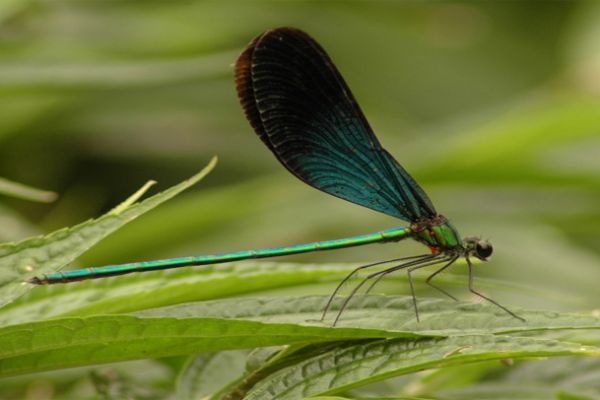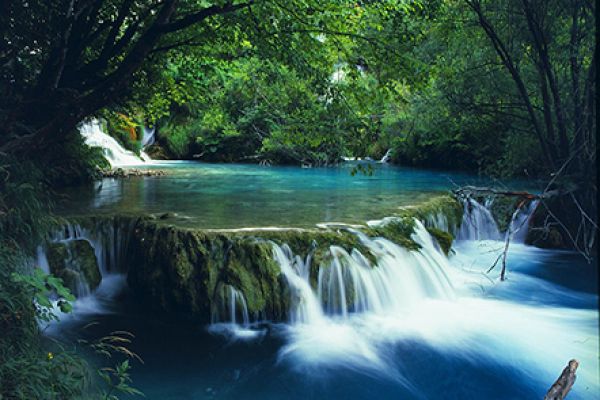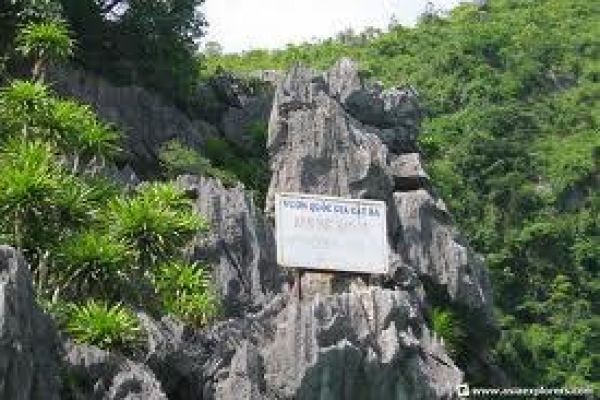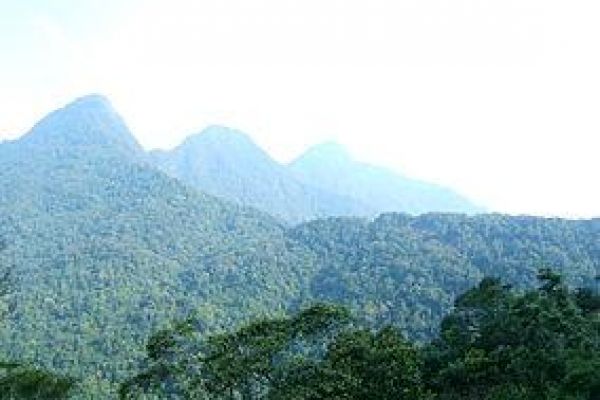Be away some 200 kilometers from Hanoi, Bai Tu Long National Park is one of seven Vietnamese amphibian national parks which have both terrestrial zone and aquatic zone. The eco-tourist site is now the home to 672 species of terrestrial plants and 178 aquatic floral species, of which 11 species have been listed in Vietnam’s Red Book of endangered species. It also boasts 170 species of terrestrial animals, including nine species listed as endangered in Vietnam’s Red Book; 119 species of fish; 132 species of invertebrate animals; and 106 species of corals.
Natural Condition

Bai Tu Long National Park is a protected area zone in North Vietnam. Established in 2001, surrounded by gigantic rocky limestone mountains, the park covers 15,783 ha, including 6,125 ha of island land and 9,658 ha of tidal land on Ba Mun, Tra Ngo Lon, Tra Ngo Nho, Sau Nam, Sau Dong, Dong Ma, and more than 20 other small islands. Apart from its biological diversity, the park boasts wonderful natural landscapes, intact beaches, archaeological sites of ancient Vietnam and vestiges of the former busy trading port of Van Don. Coming to Bai Tu Long every season, you can enjoy very the early beauty of an island with mountain ranges, beaches, stilt house, and sea foods. One of the highlighted features of the Bai Tu Long tourist site is the sea eco-tourism community, 60 kilometers from Bai Chay by road or more than one hour by high-speed boat. The National Park also include a buffer zone of approximately 165.34 km2, which locates in a larger area include five communes: Minh Chau, Van Yen, Ban Sen, Quan Lan and Ha Long. The total population of the core zone and the buffer zone is around 24.000.
Ecosystem
The National Park includes five kinds of ecosystems : Rain Broad Leaves Forest, Limestone Forest, Littoral Forest, Coral Area and Shallow Water Area.
The Rain Broad Leaves Forest area is mostly secondary forest. It has been found 494 species belonging to 337 genera of 117 families in this type of ecosystem. Some endangered species include Cycas balansae, Radix marindae officinalis, Ardisia sylvestris Pitard, Smilax glabra, Leopard cat, Indian muntjac, Small Indian civet, Large Indian civet.
The Limestone Forest area is forest growing in poor soil which the particles of limestone on rocky islands. Some rare animal found their include Serow, Rhesus macaque.
The Littoral Ecosystem in the park is small areas surrounding the islands. It has a rather large tidal variation and is biologically highly diverse with 251 species including 19 species of mangrove, 17 species of seaweed , 29 species of marine worms , 149 species of molluscs, 22 species of crustaceans and 15 species of echinoderms.
The Shallow Water area covers a large area around the islands, beyond the tidal area and extend from 1 km to around 4 km. These area was not profoundly researched but it have found 539 species.
What about conservation matter?

To protect the park’s fauna and flora, the local rangers have coordinated with part-time employees to strictly patrol the forest in order to prevent poaching of forestry and sea products. The park’s management board, in coordination with relevant agencies, organised training courses to raise local residents’ awareness about the protection of forestry and maritime resources and inserted environmental protection into the curriculum of local schools. The board has also allocated 13 hectares of forests to local households for care and re-forested 50 other hectares on the largest island of Ba Mun. It recently released more than 100 long-tailed monkeys, which were seized from smugglers by the provincial rangers, into forests. Aiming at exploiting the potential and strength of Bai Tu Long, many tourism experts said that Quang Ninh Province needs to encourage investment into building high-end tourist areas that have a suitable scale and harmonious architecture with the environment and the landscape of islands.
Over the past few years, Quang Ninh Province has attached importance to building Bai Tu Long National Park to be an attractive eco-tourism site to both domestic and foreign tourists. Now, it is time to refresh your self by coming to the park and you will be certainly impressed as enjoying its beautiful scenery, smooth white sands, pure blue water, and biological diversity...








